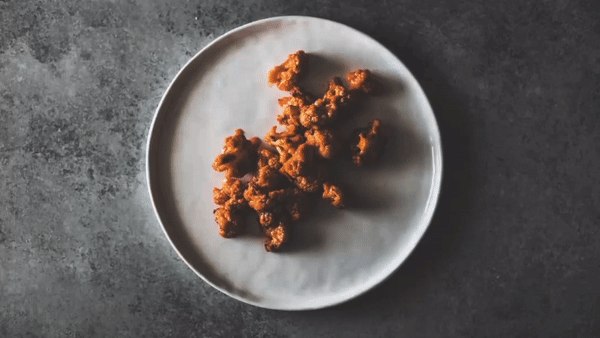Less than two weeks ago, I suddenly lost a friend. On his 39th birthday, Andy drowned during a beach vacation with his family. The loss of someone so young and vital and full of life has sent shockwaves through our sleepy southern town.
Following the accident, the community has rallied around his widow and year-old son, donating money for funeral expenses and struggling together to come to terms with the tragedy. And while there are truly no words a person can say to ease the pain of losing a loved one, there are specific things we can do.
One of them is cooking. I don’t know if it’s a southern thing, a farm community thing, or maybe it’s just old-fashioned, but where I come from, when someone dies, the casserole dishes start coming out almost before anyone’s called the coroner.
People can eat all the carrot sticks and carb-free tortillas they want when they’re feeling happy
My memories of the time around my mother’s death two years ago are a strange mixture of too-sharp, minutely etched mental photographs and blank periods of bleak, gray numbness. I alternated between a kind of mown-down exhaustion and bouts of nervous, manic activity.
I would walk into rooms with no knowledge of why I was there or where I had just come from. I nearly burned the house down by putting on a kettle to boil for tea and then walking away for two and a half hours.
Sometimes I manifested all of the symptoms of deep depression including loss of appetite and constant sleeping. Other times, I was seized with violent urges toward anything that felt like living – sudden impulses to dance wildly or scream, to have sex, to buy things. And when I got hungry, it felt like the hunger of an animal.
I suspect this is why southerners try to bury bereaved people in food. My mother’s friends and our relatives brought a mountain of food to her house that last week of July 2014. Cakes, pies, loaves of homemade bread, crocks of macaroni and cheese, fried chicken, chilli, barbecue, homemade ice cream and a profusion of casseroles, congealed salads and other ambrosias.
“Feel free to eat your feelings, folks,” was the implicit message. “Turns out they are delicious!”
The bounty serves a dual purpose. The grieving family is freed of having to shake off their heavy sadness in order to cook for themselves and they also have a variety of treats on hand to offer the parade of well-wishers who will come to pay their respects.
The one item I remember most vividly from the week of my mother’s death was a chicken casserole made by my Aunt Faye. (She’s actually a cousin, but like many southern families, the titles “aunt”, “uncle” and “cousin” get thrown around with very little regard to how we are actually related – if we are at all.)
This casserole was everything a person could ever want in comfort food. Creamy and deeply satisfying, it boasted a crunchy crust made of poppy seeds and toasted Ritz crackers. It hit all the marks. I remember each bite feeling like it was steadily warming me up from the inside out, restoring me to warmth and life and providing some of the first real pleasure I’d had in what felt like eons.
I called Aunt Faye last week to get the recipe, which required not one but two cans of Campbell’s condensed soup and a lot more butter sour cream than is probably safe. I followed it exactly, though. People can eat all the carrot sticks and carb-free tortillas they want when they’re feeling happy. Heavy grief, in my opinion, is best fought off with equally heavy cream.
I dropped off the casserole and a chocolate meringue pie with Andy’s wife Nora and her mom, hugged the baby and politely withdrew. I wasn’t even halfway home when the first text came.
“Oh, wow,” Nora wrote, “this casserole is amazing!”
I texted back a row of emoji hearts when I got to a traffic light. While our powers to soothe heartbreak are limited, we offer what gifts we can.
In this way, I like to think we can strike little victories against the pain and darkness that inevitably come with being alive.
Subscribe to:
Post Comments (Atom)











0 comments:
Post a Comment